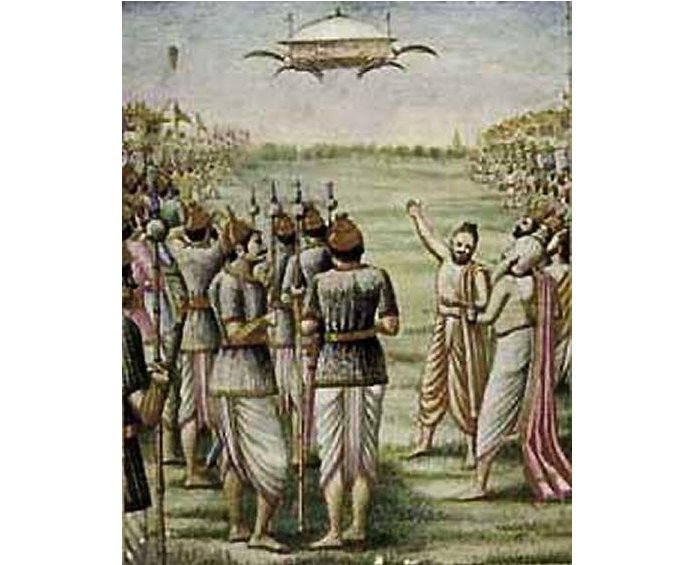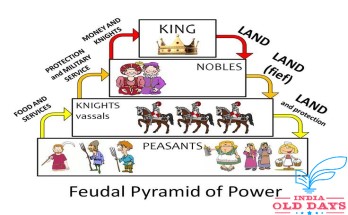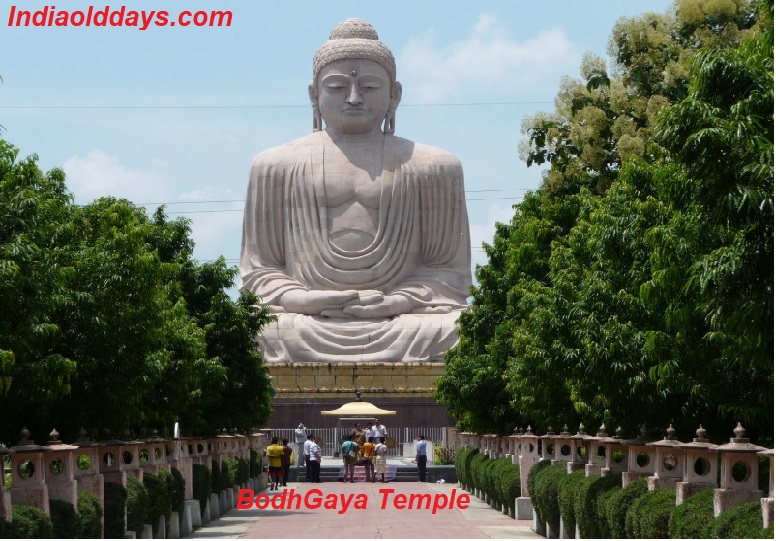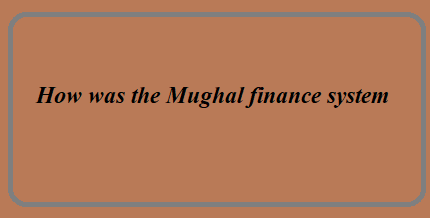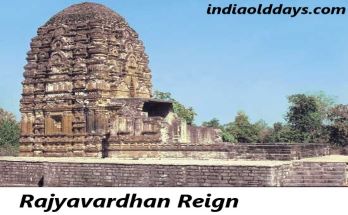Literature and Science of Gupta Period
There was Unprecedented progress in the field of Literature and Science in the Gupta era. With the establishment of the Gupta Empire the advancement of Sanskrit language got a boost and it occupied the position of official language. The Gupta rulers themselves were lovers of Sanskrit language and literature and they granted royal patronage to qualified poets, writers and literature.
Prayag Commendation calls Samundragupta as Kaviraj whose creations were the source of livelihood of scholars. But unfortunately we do not know about any of his work. Chandragupta-II was also a great scholar and Literature, Whose Rajya sabha was decorated with Navratanas.
He is first mentioned in the Gupta era poets, Whose creations are not available to us. But about whom we know only from the commendations composed by them. These commendations provide
a beautiful example of Sanskrit poetry. Three names are particularly notable among such poets-
Harishen
Harishen was the commander and foreign secretary of samundragupta. His famous work is Prayag–prashati, which is called poetry in it.In this way, both the point of view of literature and history, Prayag has very important place of praise.
Veersen shaab
Veersen was the war-secretary of Chandragupta. His work is the Udyagiri cavity. In which he has been called poet of word, meaning, justice, grammar, politics etc. and resident of pataliputra.
Vatsabhatti
Vatsabhatti was the court poet of Kumargupta. He was a Sanskrit scholar who composed the mandsor Commendation. It was composed in Malav Samvat 529(472 AD). It describes the construction of the Sun temple at Dashpur. There are a total 44 verses in the commendation.
Apart from these writers, Kalidaas has also been considered the author of the Gupta era. Kalidaas was a contemporary of the Gupta ruler Chandragupta-II. Kalidaas composed seven texts which are as follows-
- Raghuvansh
- Kumaarasambhavam
- Meghadoot
- Rtusanhaar
- Malavikagnimitram
- Vikramovarsheey
- Abhigyan Shakuntalam
These include the first two epics, two khandakavya(Gitivakya) and three Drama texts. Kalidaas’s epithets are famous in Sanskrit literature, as has been said- Upama Kalidaassya……. Kalidaas is called the Shakespeare of India.
Apart from Kalidaas, some others writers have also become famous during the Gupta Period, Which are as follows- Bharavi, Shudraka and Visakhadatta.
Bharavi
Bharavi wrote the Kiraataarjuneey epics of 18 cantos.
Shudraka
Shudraka wrote the play Mritchkatikam.
Visakhadatta
Visakhadatta was a famous dramatist of this period, who composed the play texts named Mudrarakshas and Devichandraguptam. Both these texts are full of political events.
Subandhu
Subandhu composed vasavadatta. Memories of Yajnavalkya, Narad, Katyayan, jupiter etc. can be mentioned in religious texts in Gupta Period.
The present form of Puranas was compiled during the Gupta period and the Ramayana and Mahabharata were also finalized.
The Bangal scholar Chandragomin composed a sanskrit grammar treatise called Chaandravyaakaran.
Amarsingh wrote Amarkosh.
Vishnuvarma created the Panchatantra.
Kaamandak composed Neetisaar and Vatsyayana composed Kamasutra.
Jain and Buddhist writers also did many works during the Gupta Period.
Development of science in the Gupta period
Various branches of science in the Gupta era- Arithmetic, astrology, chemistry, metallurgy etc. developed. The famous mathematician of this time was Aryabhata, Whose major work is
Aryabhatiyam. He formulated various laws of mathematics and first discovered that the earth revolves around its axis.
Varahamihira
The Famous astrologer Varahamihira was the second highest Vibhuti of the Gupta era. His most prominent creation is Brajjatak. He considered the position of various planets and constellations. Other composition Varahamihira include Panchasiddhantika, Brihasamhita, minorities etc.
Panchasiddhantika gives details of the principles of astrology prevalent in India at that time.
Mehrauli Iron Pillar Inscription
The Mehrauli iron pillar of chandragupta-II is a vivid proof of the advancement of Gupta metallurgy. It has been experiencing Cold, Heat and Rain for almost one and a half thousand years and there has not been any rust on it. The polish of this pillar article still remains a surprise to metal scientists.
Reference : https://www.indiaolddays.com

